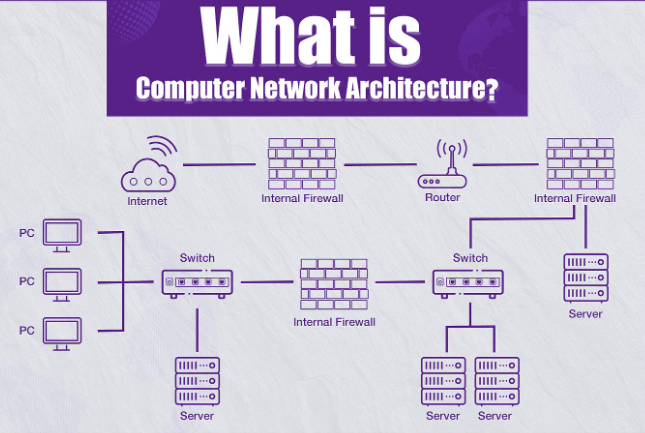Understanding network architecture is crucial in today’s digital age, as it forms the backbone of effective communication and data sharing in both personal and professional environments. With the increasing reliance on technology, having a sound network infrastructure is essential for security, efficiency, and scalability. This article delves into the fundamentals of network architecture to help you grasp its importance and components.
What Is Network Architecture?
Network architecture refers to the design and structure of a computer network, encompassing both the physical and logical arrangements of hardware, software, protocols, and data transmission technologies. It serves as a blueprint for how network devices interact, ensuring that data travels efficiently and securely from one point to another. Different types of architectures cater to various needs, ranging from simple home networks to complex enterprise environments.
Types of Network Architecture
There are several types of network architectures, each designed for specific requirements. The most common include client-server architecture, where devices (clients) request services from a central server, and peer-to-peer architecture, which allows devices to communicate directly without a centralized server. Additionally, network types can be classified based on their scale, such as Local Area Networks (LAN), Wide Area Networks (WAN), and Metropolitan Area Networks (MAN), each serving diverse geographical and functional needs.
Key Components of Network Architecture
Several essential components make up network architecture, contributing to its overall functionality and performance. These include routers that direct data traffic, switches that connect multiple devices within a local area, and firewalls that enhance security by filtering incoming and outgoing traffic. Additionally, cabling and wireless technologies play crucial roles in ensuring reliable connections, while protocols like TCP/IP govern how data is transmitted across networks, enabling interoperability among various systems.
By grasping the basics of network architecture, individuals and organizations can make informed decisions about their technology needs, ensuring they have an efficient and secure infrastructure. For those eager to explore further, consider diving into specialized resources or seeking professional guidance to elevate your understanding and implementation of effective network architecture.

